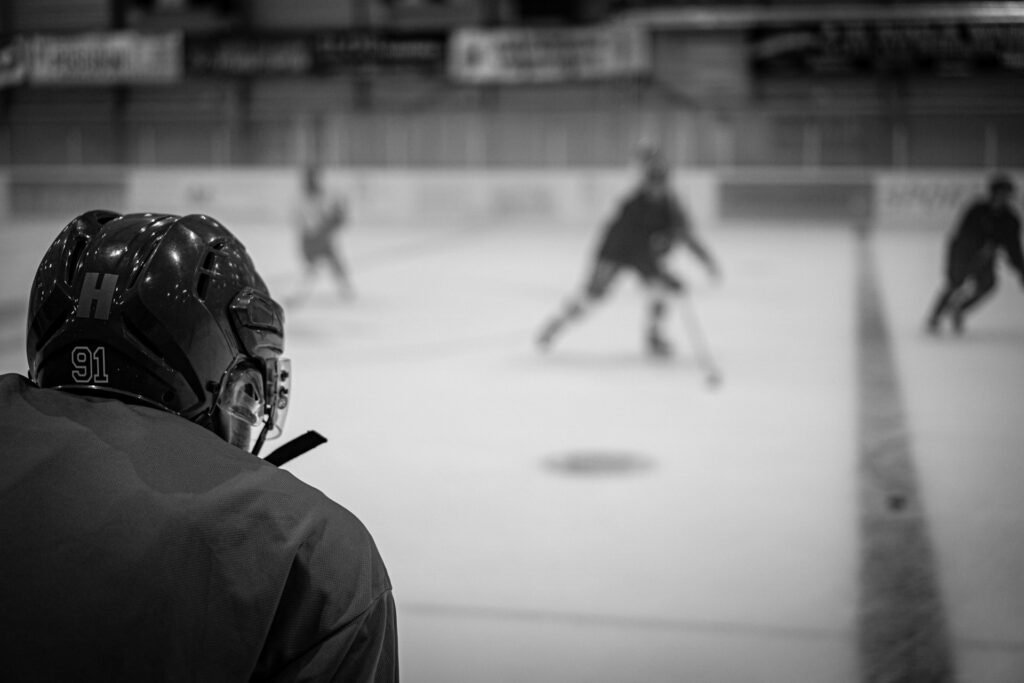Hockey, often referred to as the fastest game on ice, is a thrilling sport that captivates millions around the world. Whether you’re a die-hard fan or a curious newcomer, understanding the essence of hockey can deepen your appreciation for this exhilarating game.
What is Hockey?
Hockey is a sport where two teams compete to score goals by hitting a puck into the opponent’s net using a stick. It’s known for its fast pace, physicality, and the incredible skill required to maneuver on ice.
Brief History of Hockey
Hockey’s origins trace back to ancient civilizations, but modern ice hockey was first played in Canada in the late 19th century. It quickly evolved, with the first official game recorded in Montreal in 1875. Since then, it has grown into a major sport worldwide, with professional leagues and international competitions.
The Basics of Hockey
Understanding the Rink
A standard hockey rink is 200 feet long and 85 feet wide. It’s divided into three main sections: the defensive zone, neutral zone, and offensive zone. Key features include the goal crease, blue lines, and face-off circles.
The Objective of the Game
The main objective is simple: score more goals than the opponent. Teams consist of six players each—three forwards, two defensemen, and a goaltender.
Essential Equipment
Hockey players need various gear for protection and performance. This includes skates, sticks, helmets, shoulder pads, elbow pads, gloves, shin guards, and a mouthguard.
Rules and Regulations
Basic Rules
A hockey game is played in three 20-minute periods. If the game is tied, overtime and possibly a shootout determine the winner. Each team must follow rules to maintain fair play and safety.
Penalties and Infractions
Penalties are enforced for rule violations, leading to time in the penalty box. Common infractions include tripping, high-sticking, and checking from behind. Penalties can be minor, major, or misconduct.
Offsides and Icing
Offsides occur when a player enters the offensive zone before the puck. Icing is when a team shoots the puck across both the center red line and the opposing goal line without it being touched.
Positions and Roles
Forwards
Forwards are responsible for scoring and creating offensive plays. They are divided into center, left wing, and right wing. The center often leads the attack and is crucial in face-offs.
Defensemen
Defensemen protect their team’s goal and help transition the puck to offense. They play a critical role in blocking shots and breaking up opponent plays.
Goaltenders
Goalies are the last line of defense, tasked with stopping pucks from entering the net. They need excellent reflexes and positioning skills to keep their team in the game.
Gameplay and Strategies
Face-offs
Face-offs start play at the beginning of periods and after stoppages. They take place at one of the nine face-off dots on the rink.
Power Plays
A power play occurs when one team has a numerical advantage due to an opponent’s penalty. It’s a prime opportunity to score.
Penalty Kills
Conversely, the penalty kill is when a team must defend against a power play. Effective penalty killing is crucial for maintaining a lead.
Breakouts and Forechecking
Breakouts involve moving the puck out of the defensive zone to initiate an attack. Forechecking is a strategy to regain possession in the offensive zone.
Skills and Techniques
Skating
Skating is the foundation of hockey. Players must master forward and backward skating, as well as stopping and quick turns.
Shooting
Effective shooting techniques include wrist shots, slap shots, and backhand shots. Accuracy and power are key to beating goaltenders.
Passing
Accurate passing creates scoring opportunities. Players use forehand and backhand passes to move the puck efficiently.
Stickhandling
Stickhandling involves controlling the puck while maneuvering around opponents. Good stickhandlers can maintain possession and create space.
Training and Conditioning
Off-Ice Training
Off-ice training includes strength and conditioning exercises to enhance performance. Activities like weightlifting, running, and plyometrics are common.
On-Ice Drills
On-ice drills focus on specific skills like skating, shooting, and passing. Consistent practice is essential for improvement.
Importance of Nutrition
Proper nutrition fuels performance and recovery. Athletes need a balanced diet rich in protein, carbohydrates, and healthy fats.
Professional Hockey Leagues
National Hockey League (NHL)
The NHL is the premier professional hockey league, featuring teams from the USA and Canada. It’s renowned for its high level of competition and storied history.
International Leagues
Other notable leagues include the Kontinental Hockey League (KHL) in Russia and Europe, and various leagues in Sweden, Finland, and Switzerland.
Women’s Professional Hockey
Women’s hockey has grown significantly, with leagues like the Premier Hockey Federation (PHF) and international competitions showcasing top talent.
Notable Tournaments and Championships
The Stanley Cup
The Stanley Cup is the NHL’s championship trophy, regarded as one of the most coveted in sports. Winning it requires immense skill and determination.
Olympic Hockey
Olympic hockey showcases the best players worldwide, with memorable moments and intense competition every four years.
World Championships
The IIHF World Championships feature national teams competing for global supremacy, offering a stage for emerging stars.
The Future of Hockey
Youth Development
Investing in youth programs ensures the sport’s growth. Grassroots initiatives and accessible training are key.
Technological Innovations
Technology, from advanced equipment to analytics, is transforming how the game is played and coached.
Expanding Popularity
Hockey’s popularity is spreading globally, with new markets and fans emerging, ensuring a bright future for the sport.
Conclusion
Hockey is more than just a sport; it’s a thrilling, dynamic experience that brings people together. Whether you’re a player or a fan, the passion and excitement of hockey are infectious. Dive into the world of hockey and discover why it’s beloved by so many.

